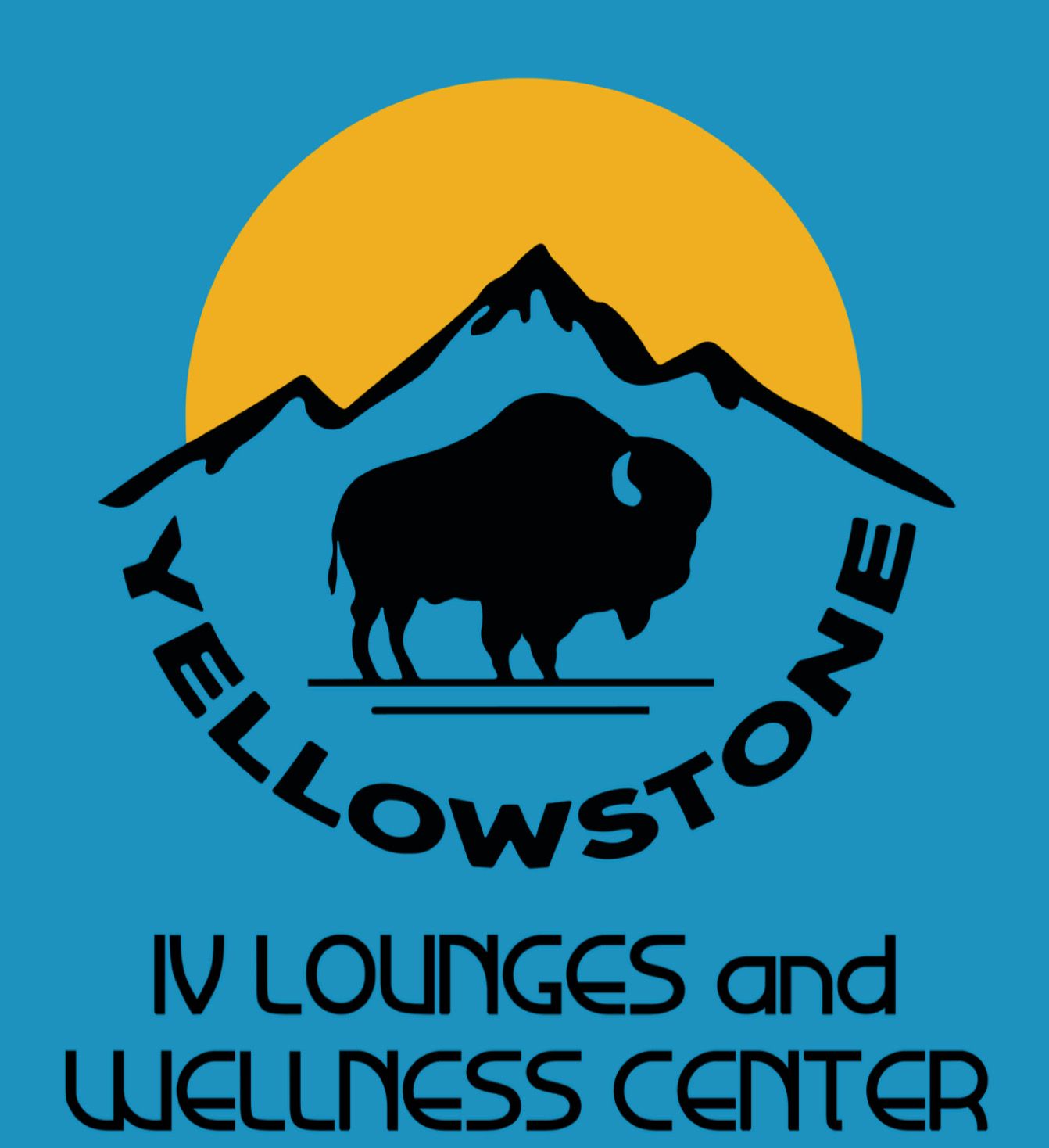AlTITUDE SICKNESS
Altitude sickness, which is frequently experienced by people who travel to mountainous areas or partake in activities like hiking, skiing, or climbing above 8,000 feet, is brought on by the lower oxygen levels and decreased air pressure at high altitudes. As their bodies adjust to the new conditions, people traveling from sea level to Wyoming, and the nearby regions may experience symptoms of altitude sickness.
Altitude sickness and acute mountain sickness symptoms can vary from mild and potentially fatal to severe and incapacitating. The best course of action if you experience symptoms while climbing the Rocky Mountains is probably to descend as rapidly as you can to a lower elevation. However, if you are less than 8,000 feet in elevation and still feel mildly queasy.
Wherever you are in the Wyoming region, Yellowstone IV Lounges can assist by giving you an IV for altitude sickness. When you contact us, one of our skilled nurses will respond and visit you to give IV therapy, which is intended to rehydrate the body and treat symptoms brought on by high elevation.
What Are the Symptoms of Altitude Sickness?
The symptoms of acute mountain sickness are caused by low air pressure and a shortage of oxygen and are associated with high elevation. When someone rapidly ascends to a high altitude without giving their body time to adjust, symptoms frequently appear. Alcohol consumption prior to complete acclimatization as well as illnesses affecting the heart, lungs, or nervous system can all increase the risk of acute mountain sickness.
Symptoms of mild altitude sickness to watch out for include:
- A persistent headache
- Difficulty sleeping
- Dizziness
- Loss of appetite
- Nausea or vomiting
- Elevated heart rate
- Shortness of breath with exertion
Mild altitude sickness symptoms can appear eight to 36 hours after ascending. It's crucial to allow yourself time to acclimate before visiting higher regions of the Rocky Mountains because symptoms can worsen and become more dangerous as you ascend in elevation.
How IV Therapy Helps with Altitude Sickness?
You might need to get immediate medical help if you experience severe altitude sickness symptoms like confusion, coughing, or intense fatigue. While your body adjusts to the elevation shift, IV therapy for altitude sickness symptoms can be a pleasant relief in mild cases.
Our skilled Nurses under the direction of our Medical Director aid patients with acute mountain sickness recuperate more quickly. For those adjusting to the high elevation of the city, we typically advise our usual altitude sickness IV. Saline is used in the Myers' Cocktail for quick hydration, which reduces discomfort. It also has:
- B Complex vitamins
- Vitamin B12
- Vitamin C
- Glutathione
- Magnesium
- Zinc
Additionally, we advise adding Zofran to your IV to help with altitude sickness. This drug works wonders to stop sickness and treat symptoms like vomiting.
What Can You Expect from IV Therapy for Altitude Sickness?
The members of our team will assess your symptoms, check your vital signs, and talk about the IV formulation that will serve your needs the best.
Throughout the treatment procedure, which lasts between 30 and 45 minutes, you only need to unwind and sit comfortably. The doctor or nurse will place an IV in your arm so that the fluids can enter your bloodstream and maximize the absorption of vitamins and nutrients. Some patients report symptom relief within 30 minutes of receiving IV therapy for altitude sickness, in contrast to oral medications that take time to pass through the digestive system.
Information contained on this website is provided as an informational aid for reference use only. The content herein is not intended to be, act as, or replace medical advice or diagnosis for individual health conditions nor is it making evaluations as to the risk of benefits of particular preparation's. Please consult your doctor about diagnosis and treatment, and if the services are good for you. Information and statements on this site have not been evaluated by the FDA.
All Rights Reserved | Yellowstone IV
